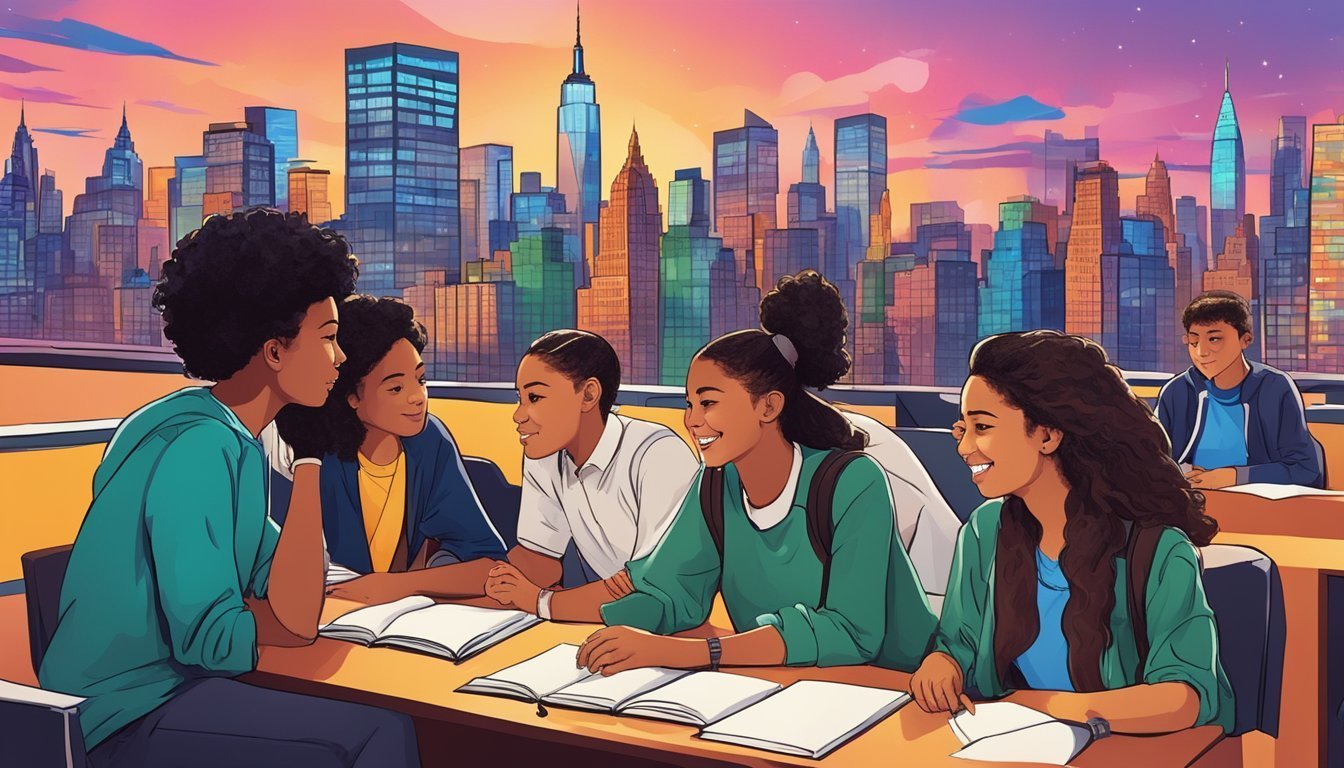Two Decades of Transformation
Navigating the high school admissions process in New York City has become a formidable task for students around the ages of 12 and 13, mirroring the stress of college applications.
With a selection pool of over 400 distinct schools, each featuring unique abilities and distinct entry requirements—ranging from essays to auditions—students are faced with an overwhelming challenge.
After submitting their choices, they are left in suspense as an algorithm decides their fates.
The roots of this complex admissions landscape can be traced back 20 years to substantial reforms aimed at creating a more equitable and efficient system.
While there have been some notable advancements since then, ongoing problems of segregation and inequality were underscored at a recent forum.
On November 18, a diverse group of stakeholders—policymakers, educators, admission advisors, parents, and students—gathered through an initiative by Fordham Law School’s Feerick Center for Social Justice and New York Appleseed to scrutinize the city’s admissions system.
Understanding the Success of Reforms
Understanding the success of these reforms is not straightforward and hinges on how one defines success.
Sean Corcoran, an associate professor at Vanderbilt University, notes that technical improvements are evident.
The system has drastically reduced the number of students without a school match and minimized the chances of manipulation by families or educational institutions.
However, the vast expansion of school choices coupled with the increase in online information has led to greater complexities.
This evolution has inadvertently highlighted equity issues in a city where access to vital information is far from uniform.
Despite efforts to create a more level playing field, substantial disparities persist across racial, economic, linguistic, and disability lines.
The Challenge of Information Access
Since the introduction of these reforms, the NYC Education Department has made substantial investments in improving the admissions framework and enhancing access to information.
Initiatives like online applications, centralized schedules for school open houses, and comparative tools for families seeking to assess their admissions prospects are just a few examples.
Yet, while these measures strive for transparency, they might disproportionately benefit those families lacking resources or the savvy needed to navigate the sea of information effectively.
Some progress has been noted, particularly when disadvantaged families receive assistance in comparing local high schools, enabling them to choose institutions with better graduation rates.
Despite these efforts, experts like Christopher Bonastia from Lehman College warn that merely promoting transparency can inadvertently widen the existing gaps related to race and socioeconomic status.
The Role of Selective School Admissions
The admissions landscape in NYC is heavily influenced by selective schools that choose students based on previous academic achievements and specific standards.
Critics argue that this selection model perpetuates educational inequality, contributing to ongoing discrepancies in the quality of education provided.
Many of these selective institutions attract high-achieving students, presenting them with rigorous academic challenges.
Conversely, they often funnel lower-performing and disadvantaged students into unscreened schools, leaving them feeling less capable compared to their peers.
Katelyn Melville, a senior at one of these schools, expressed this sentiment, recalling the emotional strain of watching her friends attend what are perceived as “better” institutions.
Over the last 20 years, considerable progress has been made in addressing the core challenges of the high school admissions system.
Nevertheless, issues of equity and access remain persistent struggles within a constantly evolving educational landscape.
The ramifications of these reforms reveal the complex nature of establishing a truly fair high school admissions process in New York City.
Source: The74million


